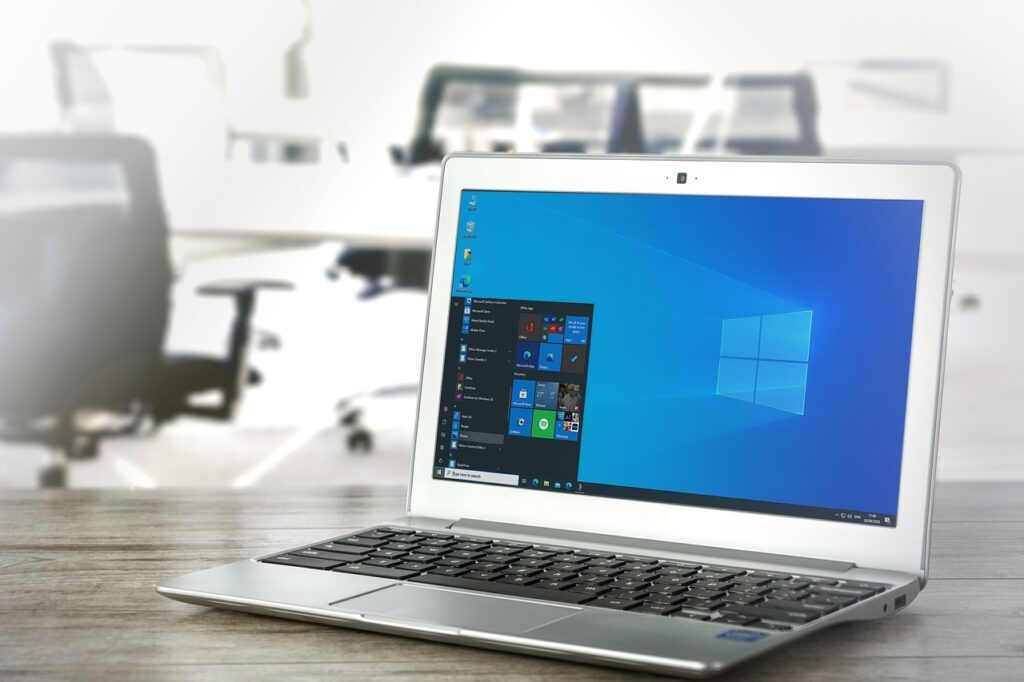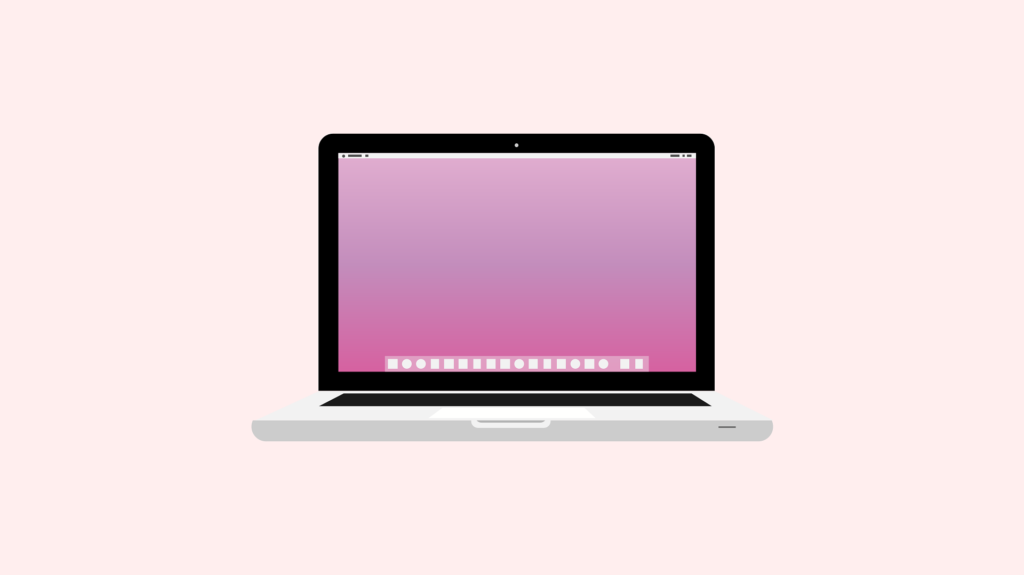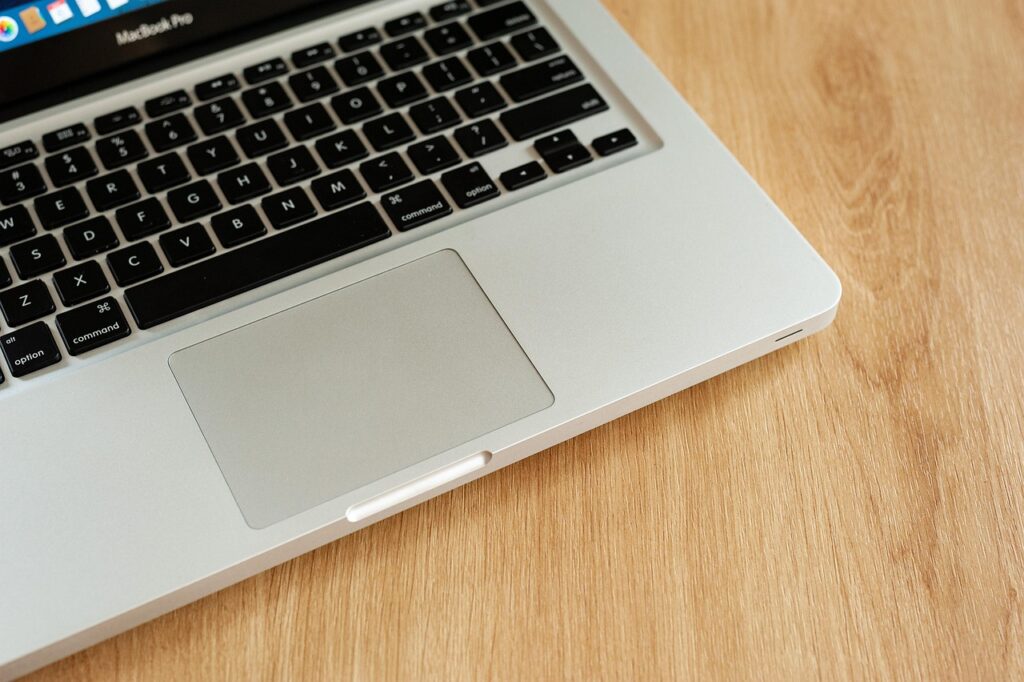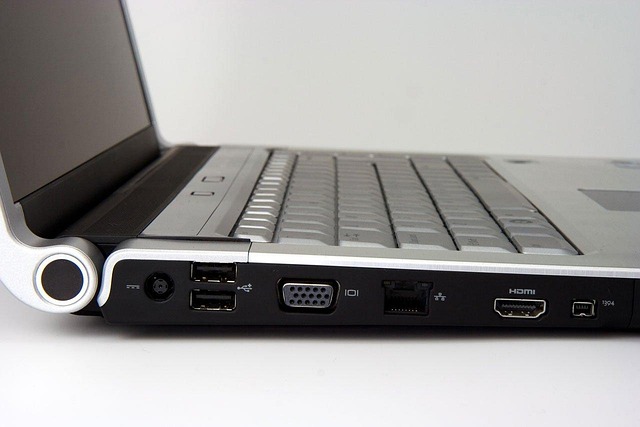
In this day and age, a dependable laptop is a must-have for students — no matter if you are going to online classes, doing assignments, coding, editing videos, or just watching your favorite series. However, with a plethora of choices available, picking the perfect laptop can be quite confusing.
This guide outlines the key factors a student should consider while purchasing the best laptop according to their requirements and budget.
Table of Contents
Key Factors to Consider Before Purchasing a Laptop
1. Budget

Be certain of how much you want to spend on a laptop. Laptops are available in a wide range of prices:
- Entry Level ($500 or less): Good for browsng, typing writing, and owning videos.
- Mid-Range ($500 -$1000): good for multitasking across applications, light gaming, and is appropriate for creative projects.
- High-End ($1000+): Good for video editing, 3D modeling, or high-end performance with heavy programming.
2. Operating System (OS)

Choose an operating system that you are comfortable with:
- Windows: Most widely used OS; highly compatible, meets almost all disciplines.
- macOS (Apple): Has a reputation for smooth operating and well-built; macOS is usually better for creative work (graphic design, video editing).
- Chrome OS (Chromebooks): Usually less expensive, lightweight with lighter OS (because it depends on web apps for most applications)- usually good for basic work and online work.
3. Performance Specifications
Here’s a quick cheat sheet on what specs matter:
| Component | Recommendation | What It Affects |
| Processor (CPU) | Intel i5/Ryzen 5 or higher | Speed and multitasking |
| RAM | Minimum 8GB | Smooth performance with multiple apps |
| Storage | SSD (256GB or more) | Faster boot times and file access |
| Graphics (GPU) | Integrated for basic use, Dedicated for gaming/design | Visual rendering, gaming, video editing |
| Battery Life | 7+ hours for on-the-go students | All-day use without charging |
4. Screen Size and Display

- 13-14 inches: Lightweight for portability
- 15-16 inches: better for multitasking with graphics and media
- 17 inches: usually heavier and considered a desktop replacement.
Look for an FHD (1920×1080) resolution to provide clarity and crispness.
5. Build Quality and Portability
If you move around campus or travel any length, consider a lightweight durable build; Ultrabooks and 2-in-1 laptops (that convertible to a tablet) will be very portable.
6. Keyboard and Touchpad

A smooth and responsive keyboard with a responsive touchpad is vital for essay writing and note-taking when studying. If your keyboard has a backlight that’s a plus (for those last-minute paper late-night cramming sessions).
7. Multiple Connectivity and Ports

Make sure your laptop has adequate ports.
- USB-C
- USB-A
- HDMI (to present)
- Audio jack
- SD card slot (optional)
Bonus: with Wi-Fi 6 and Bluetooth 5.0 for faster connection.
Final Tips Before Buying
- Check for student deals for official brands such as Apple, Dell, and Microsoft.
- Look up reviews and videos.
- If possible, go into a store and see how the keyboard, display and weight feel.
- Be sure that there is sufficient warranty and after-sale support.
Conclusion
The correct laptop for you should match your field of study, daily responsibilities, and budget. If you consider some simple specifications along with how you plan to use the computer, you can spend your money wisely by purchasing a computer that will assist with your studies and provide balance in your digital life.
FAQs
How much RAM do I need?
At least 8GB for smooth multitasking.
Mac or Windows for school?
Mac for creative fields, Windows for versatility and budget.
Is SSD better than HDD for students?
Yes, SSDs are faster, quieter, and more reliable — perfect for school use.
Best specs for programming students?
Intel i5/Ryzen 5, 16GB RAM, SSD, optional GPU.
Do I need a dedicated graphics card?
Only if you’re into gaming, video editing, or 3D design. Otherwise, integrated graphics are fine.
